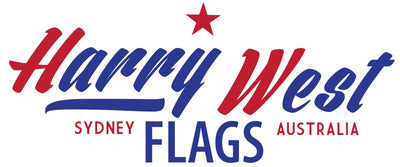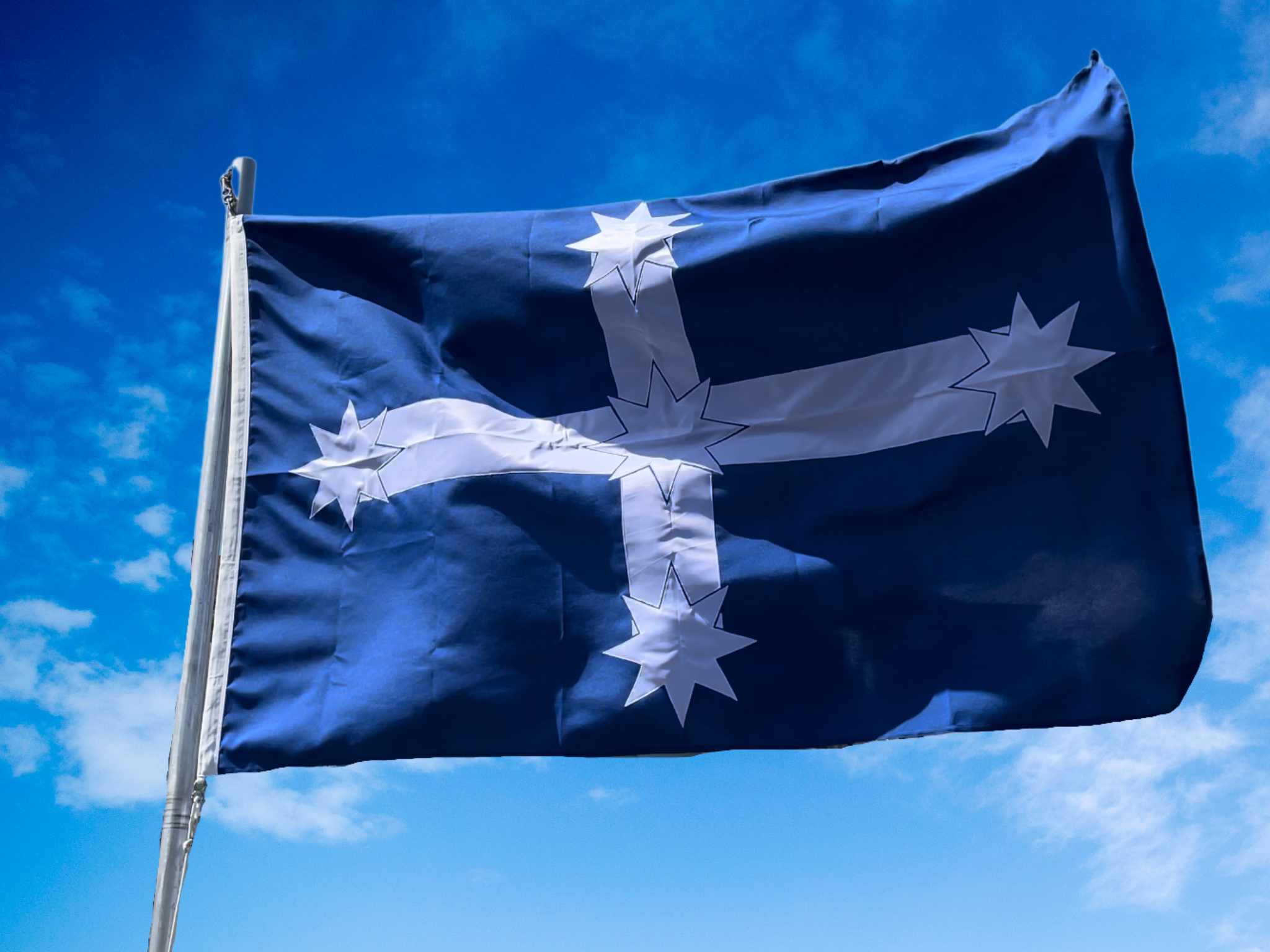Unveiling the Symbolism: The Eureka Stockade Flag
The Eureka Stockade Flag, is one of the oldest flags of Australia, with a rich history and a lot of symbolism, still remaining relevant to this day. The Eureka Stockade Flag, first raised in 1854, during a pivotal moment in Australian history, encapsulates elements of unity, democracy and equality.
History
The Eureka Stockade Flag emerged during the turbulent times of the Australian gold rush in the 1850s. In the goldfields of Ballarat, Victoria, miners faced harsh working conditions, exorbitant licensing fees, and discriminatory practices from authorities. Frustrated by these injustices, they organised themselves, forming the Ballarat Reform League to demand fair treatment and representation.
On the third of December 1854, tensions reached a breaking point and Australia's only rebellion, The Eureka Rebellion broke out. The 30 minute battle resulted in the loss of 27 lives and many other people were injured. The confrontation between miners and the authorities culminated in the construction of a makeshift wooden fortification known as the Eureka Stockade. It was within this rebellious stronghold that the Eureka Flag, as it is commonly known, was hoisted as a symbol of defiance and unity among the miners.
The original flag was fully sewn out of cotton and handmade by three women from the local area. The original flag remains in the Ballarat Fine Art Gallery, although in very poor condition. The ratio of the flag and some other details are largely contested due to the edges of the flag no longer remaining. Thus there has been standardised and modernised versions of the flag to create consistency amongst modern flagmakers.
Unveiling the Symbolism
The design of the Eureka Stockade Flag holds profound symbolism:
-
Southern Cross: Dominating the flag's blue field are five stars representing the Southern Cross constellation. This celestial arrangement has long been a symbol of navigation and direction, reflecting the miners' quest for justice and a fairer future.
-
White Cross: Superimposed over the Southern Cross is a white cross, symbolising unity and solidarity among the diverse communities of miners, regardless of their backgrounds or origins.
-
Blue Field: The blue background itself is often interpreted as representing the sky, freedom, and hope—a stark contrast to the oppressive conditions the miners sought to overcome.
Legacy and Impact
The legacy of the Eureka Stockade Flag extends far beyond its historical context. It has become an enduring symbol of democracy, civil liberties, and the struggle for workers' rights. The flag's values of equality, justice, and unity resonate with people worldwide, transcending geographical boundaries.
In modern Australia, the Eureka Flag remains a potent symbol, prominently featured in protests, labor movements, and political discourse. Its iconic design continues to inspire individuals and organisations advocating for social change and standing against oppression.
Controversies and Debates
Despite its revered status, the Eureka Flag has also sparked debates and controversies. Some critics argue that its association with certain political movements detracts from its historical significance, while others highlight its role as a symbol of rebellion and resistance.
The flag's usage by various groups with differing agendas has led to discussions about its interpretation and appropriation. Nevertheless, its enduring presence in Australia's cultural and political landscape underscores its enduring relevance and power as a symbol of defiance and aspiration.
Conclusion
The Eureka Stockade Flag stands as a testament to the enduring spirit of defiance and resilience. Its symbolism transcends time, resonating with individuals and communities striving for justice, equality, and representation. As we reflect on its historical significance and ongoing impact, we are proud to be able to make this flag for so many of our loyal customers.


